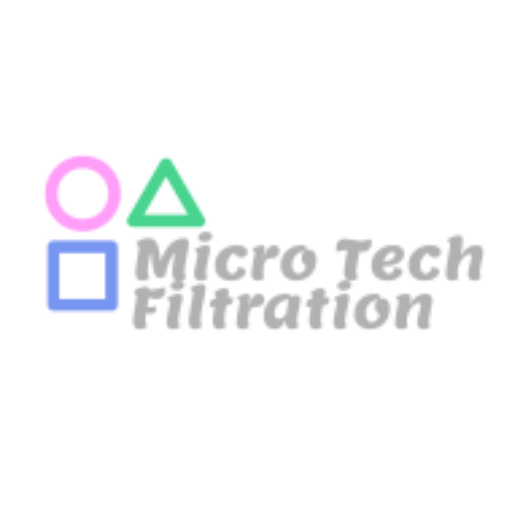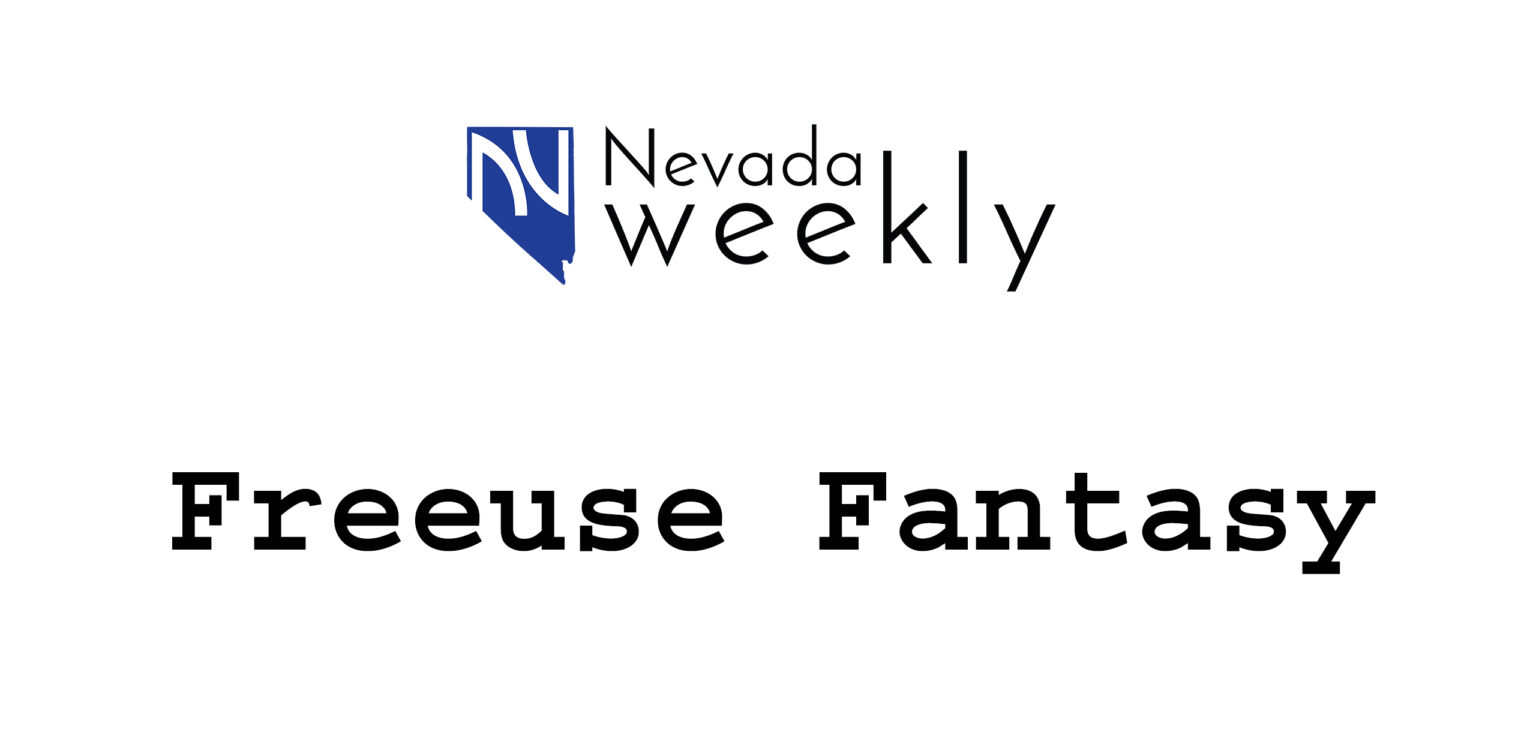We’ll encounter more mechanical advancement tech in the coming decade than we did in the first 100 years set up, says McKinsey.
Also, 10 tech patterns will overwhelm this moving scene.
Understanding the impacts of this change can assist with staying away from terrible shocks to the framework, for the two people and associations.
Organizations that are capitalizing on propels in tech are additionally in a decent spot to make the most as far as profit from their speculations.
The speed of progress in the innovation area has consistently been energetic. As much as 10 years’ worth of development in web based business might have been packed into only three months in late 2019, as per McKinsey and Company, which predicts that we’ll encounter more mechanical advancement in the coming decade than we did in the previous 100 years set up.
Any change can be disrupting and staying up with advancements much more so. Some portion of the test is realizing which are the main changes and which are the ones that are more averse to prove to be fruitful.
As per McKinsey, these are the 10 top advancements drawing in the consideration and assets of financial backers and technologists. They are additionally the ones probably going to include conspicuously in the changing essence of the advanced working environment. Understanding the effect these tech patterns will have on associations and on individuals whose positions will be impacted, could be critical to staying away from any of the most noticeably awful disadvantages of the interruption that might follow.
Top Tech Trends 2021
Tech patterns and hidden advancements.
Picture: McKinsey and Co
1. Cycle mechanization and virtualization
Around half of all current work exercises could be mechanized in the following not many years, as powerful cycle computerization and virtualization become more ordinary.
“By 2025, a bigger number of than 50 billion gadgets will be associated with the Industrial Internet of Things (IIoT),” McKinsey predicts. Robots, robotization, 3D-printing, and more will create around 79.4 zettabytes of information each year.
2. The eventual fate of availability
Quicker advanced associations, controlled by 5G and the IoT, can possibly open financial movement. To such an extent that carrying out quicker associations in “versatility, medical care, assembling and retail could increment worldwide GDP by $1.2 trillion to $2 trillion by 2030.” 5G and IoT will be one of the most-watched tech patterns for the following decade.
“Far-more noteworthy organization accessibility and capacity will drive expansive changes in the business scene, from the digitization of assembling (through remote control of versatile instruments, machines and robots) to decentralized energy conveyance and distant patient observing.”
3. Dispersed foundation
By 2022, 70% of organizations will utilize half breed cloud or multi-cloud stages as a component of a dispersed IT framework. It will mean information and handling can be taken care of in the cloud yet made open to gadgets quicker.
“This tech pattern will assist organizations with supporting their speed and readiness, lessen intricacy, save costs and reinforce their online protection guards,” McKinsey says.
Tech patterns influence all areas, however their effect differs by industry.
Picture: McKinsey and Co
4. Cutting edge registering
Cutting edge registering will, McKinsey accepts, “assistance find replies to issues that have tormented science and society for quite a long time, opening phenomenal capacities for organizations”.
It incorporates a large group of broad turns of events, from quantum AI to completely independent vehicles, and as such will not be a prompt worry for all associations. “Getting ready for cutting edge processing requires distinguishing whether you’re in a first-wave industry (like money, travel, coordinations, worldwide energy and materials, and progressed enterprises),” McKinsey says, or “regardless of whether your business relies upon proprietary innovations and different information that should be shielded during the shift from current to quantum cryptography.”
5. Applied Artificial Intelligence (AI)
Computer based intelligence is one of the greatest tech patterns. We are still just in the beginning of the advancement of AI. As the innovation turns out to be more refined, it will be applied to additionally foster tech-based devices, like preparing machines to perceive designs, then, at that point, follow up on what it has recognized.
By 2024, AI-produced discourse will be behind over half of individuals’ cooperations with PCs. Organizations are as yet looking for ways of utilizing AI viably however, the consultancy says: “While any organization can get great worth from AI in case it’s applied successfully and in a repeatable manner, short of what one-fourth of respondents report huge primary concern sway.”
Impacts of innovation patterns in 2050.
Picture: McKinsey and Co
For more info, you can check: Computer science
6. Fate of programming
Prepare for Software 2.0, where neural organizations and AI compose code and make new programming. “This tech pattern makes conceivable the fast scaling and dissemination of new information rich, AI-driven applications,” as per McKinsey.
Partially, it could see the formation of programming applications definitely more remarkable and fit than anything accessible today. Be that as it may, it will likewise make it feasible for existing programming and coding cycles to be normalized and mechanized.
7. Trust design
In 2019, more than 8.5 billion information records were compromised. Regardless of advances in network safety, crooks keep on trying harder. Being a developing tech pattern in 2021, trust models will help in the battle against cybercrime.
One way to deal with building a trust design is the utilization of circulated records, for example, blockchain. “As well as bringing down the danger of breaks, trust structures diminish the expense of following security guidelines, bring down the working and capital uses related with online protection, and empower more expense proficient exchanges, for example, among purchasers and dealers,” McKinsey notes.
8. Bio Revolution
There is a “conjunction of advances in natural science” that “guarantees a huge effect on economies and our lives and will influence enterprises from wellbeing and farming to shopper products, energy and materials.”
Impelled by AI, robotization and DNA sequencing, the bio insurgency guarantees the improvement of quality treatments, hyper-customized prescriptions and hereditary qualities put together direction with respect to food and exercise. These tech patterns will make new business sectors however will likewise bring up some significant moral issues. “Associations need to evaluate their bQ or natural remainder – the degree to which they comprehend organic science and its suggestions. They should then figure out the assets they need to apportion to natural innovations and capacities and regardless of whether to incorporate those into their current R&D or collaborate with science-based new companies,” McKinsey says.
9. Cutting edge materials
Advancements in materials science can possibly change numerous market areas, including pharma, energy, transportation, wellbeing, semiconductors and assembling. Such materials incorporate graphene – a solitary layer of carbon iotas organized in a honeycomb grid design, which is multiple times more grounded than steel, regardless of its mind boggling slimness. It is likewise an exceptionally productive conductor and vows to alter semiconductor execution. Another is molybdenum disulfide – nanoparticles of which are as of now being utilized in adaptable hardware.
“By changing the financial matters of a wide scope of items and administrations, cutting edge materials with fundamentally higher productivity in numerous at this point immaculate application regions might well change industry financial matters and reconfigure organizations inside them,” McKinsey says.
10. Fate of clean tech patterns
Environmentally friendly power, cleaner/greener vehicle, energy-productive structures, and practical water utilization are at the core of clean tech patterns. As the expenses related with clean-tech fall, their utilization turns out to be more far and wide and their disturbance is felt across a developing number of ventures
“Organizations should stay up with arising business-building openings by planning functional improvement programs identifying with innovation advancement, acquirement, assembling and cost decrease,” McKinsey accepts. “Propelling clean advancements likewise guarantees a plentiful inventory of efficient power energy to support outstanding innovation development, for example, in high-power registering.”






